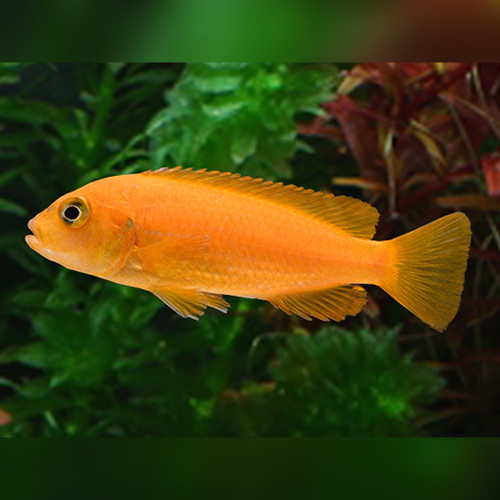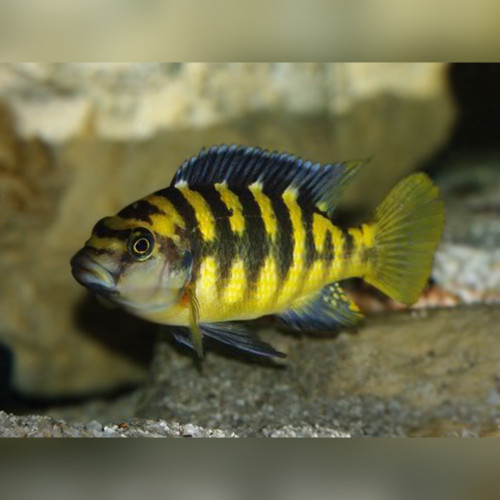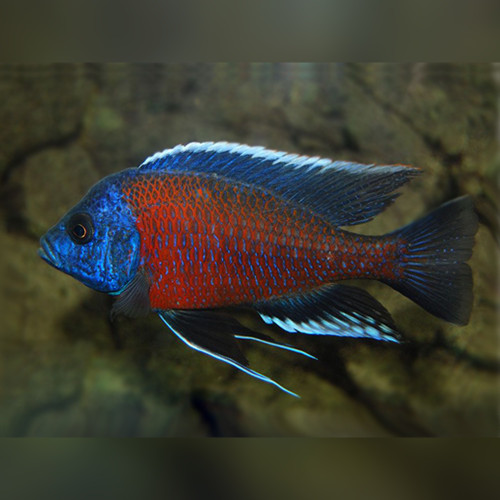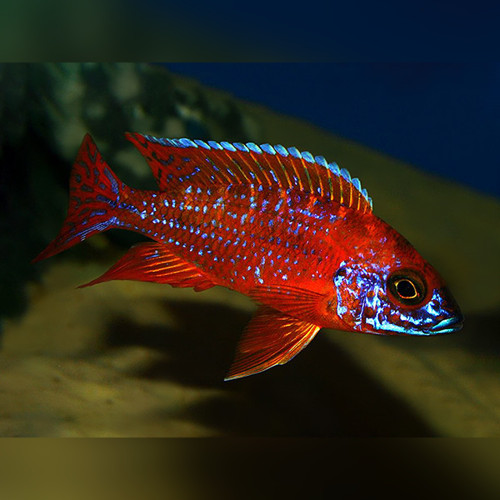SKU:
60
Our Guide To Keeping Coral Red Saulosi Cichlid Fish
-
About Fish Species:
- Scientific name: Pseudotropheus saulosi
- Common name: Coral Red Saulosi
- Family: Cichlidae
- Origin: Lake Malawi, Africa
- Adult length: 6 cm (2.4 inches)
- Lifespan: 5 to 8 years
-
Tank Setup:
- Coral Red Saulosi Cichlids require a tank with plenty of rocks arranged in caves and crevices to mimic their natural habitat. Provide open swimming spaces as well.
- Decorate the tank with rocks, caves, and a sandy substrate to resemble their native rocky shoreline environment.
-
Water Parameters:
- Saulosi Cichlids thrive in hard, alkaline water conditions with a pH range of 7.5 to 8.5.
- Maintain the water temperature between 24 to 28°C (75 to 82°F).
-
Filtration and Water Flow:
- A powerful filtration system is necessary to maintain water quality in the tank due to the high bio-load typically associated with cichlid tanks.
- Ensure adequate water flow and oxygenation in the tank, especially if keeping a densely populated aquarium.
-
Diet:
- Coral Red Saulosi Cichlids are primarily herbivorous, so their diet should include high-quality vegetable matter such as spirulina-based flake or pellet foods.
- Supplement their diet with occasional offerings of live or frozen foods like brine shrimp or bloodworms to provide essential protein.
-
Tank mates:
- Coral Red Saulosi Cichlids are relatively peaceful for cichlids but can be territorial, especially during breeding. It's best to keep them with other Lake Malawi cichlids of similar size and temperament.
- Avoid housing them with overly aggressive or significantly larger tank mates that may intimidate or harm them.
-
Behavior and Compatibility:
- Coral Red Saulosi Cichlids are active and social fish that thrive in the presence of conspecifics. Keep them in groups of at least six individuals to reduce aggression and display their natural behaviors.
- They may exhibit some aggression, particularly during breeding, so provide ample hiding places and territories to mitigate potential conflicts.










